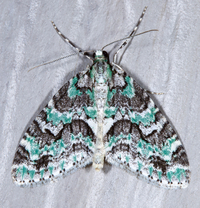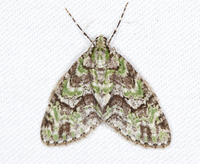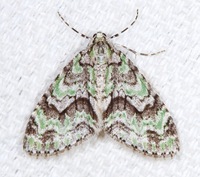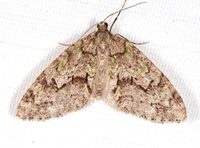
| Recorded by: Jim Petranka on 2025-04-27
Madison Co.
Comment: | 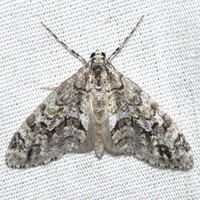
| Recorded by: David George, Jeff Niznik on 2025-04-05
Chatham Co.
Comment: |
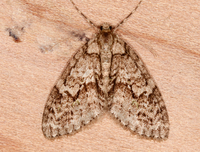
| Recorded by: Jim Petranka and Becky Elkin on 2025-04-04
Madison Co.
Comment: Female (dissected). | 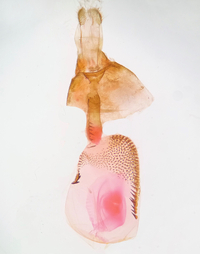
| Recorded by: Jim Petranka and Becky Elkin on 2025-04-04
Madison Co.
Comment: Female genitalia. |
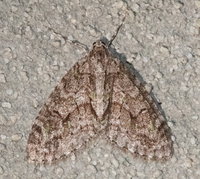
| Recorded by: Emily Stanley on 2025-04-03
Buncombe Co.
Comment: | 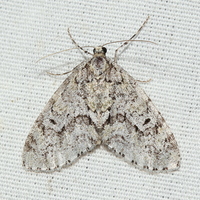
| Recorded by: Jeff Niznik, David George, Rich Teper on 2025-03-28
Chatham Co.
Comment: |
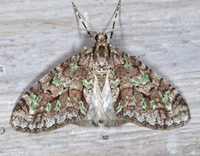
| Recorded by: Jim Petranka on 2025-03-27
Madison Co.
Comment: | 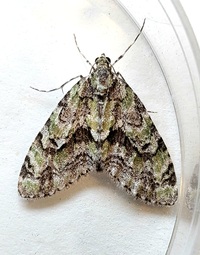
| Recorded by: Mark Basinger on 2025-03-13
Wilson Co.
Comment: |
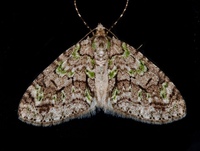
| Recorded by: Jim Petranka on 2024-04-13
Madison Co.
Comment: | 
| Recorded by: K. Bischof on 2024-04-10
Transylvania Co.
Comment: |
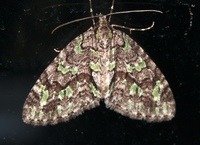
| Recorded by: Jim Petranka on 2024-04-08
Madison Co.
Comment: | 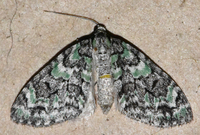
| Recorded by: Emily Stanley on 2024-04-02
Buncombe Co.
Comment: |
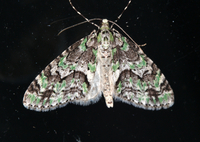
| Recorded by: Jim Petranka on 2024-04-02
Madison Co.
Comment: | 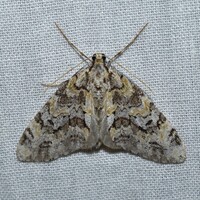
| Recorded by: David George, Jeff Niznik on 2024-04-01
Chatham Co.
Comment: |
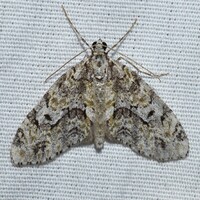
| Recorded by: David George, Jeff Niznik on 2024-04-01
Chatham Co.
Comment: | 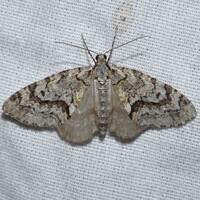
| Recorded by: David George, Jeff Niznik on 2024-04-01
Chatham Co.
Comment: |

| Recorded by: K. Bischof on 2024-04-01
Transylvania Co.
Comment: | 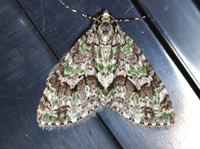
| Recorded by: Jim Petranka and Becky Elkin on 2024-03-31
Madison Co.
Comment: |
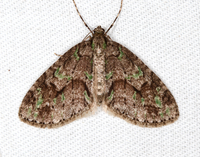
| Recorded by: Jim Petranka on 2024-03-30
Madison Co.
Comment: | 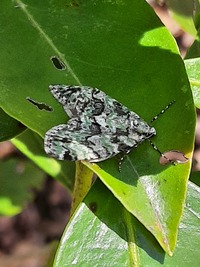
| Recorded by: Regina Patton on 2024-03-21
Jackson Co.
Comment: |
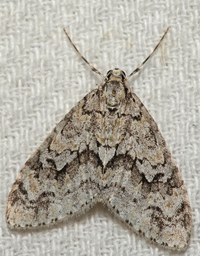
| Recorded by: John Petranka, Chuck Smith on 2024-03-14
Bladen Co.
Comment: | 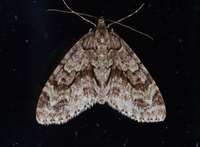
| Recorded by: Jim Petranka on 2023-04-21
Madison Co.
Comment: |
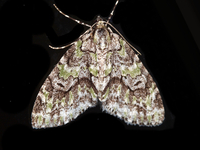
| Recorded by: Jim Petranka on 2023-04-12
Madison Co.
Comment: | 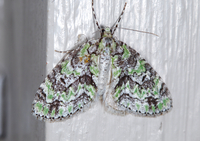
| Recorded by: Jim Petranka on 2023-04-06
Madison Co.
Comment: |
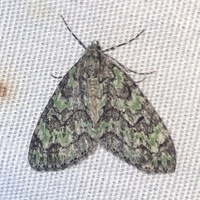
| Recorded by: B bockhahn on 2023-04-05
Buncombe Co.
Comment: | 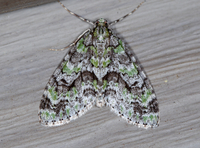
| Recorded by: Jim Petranka on 2023-03-26
Madison Co.
Comment: |
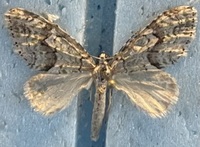
| Recorded by: Darryl Willis on 2023-02-16
Cabarrus Co.
Comment: | 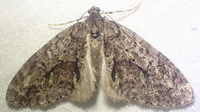
| Recorded by: tom ward on 2022-05-02
Buncombe Co.
Comment: |

| Recorded by: tom ward on 2022-04-22
Buncombe Co.
Comment: | 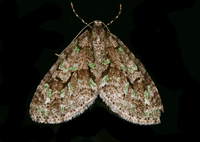
| Recorded by: Jim Petranka on 2022-04-16
Madison Co.
Comment: |
|

 »
»